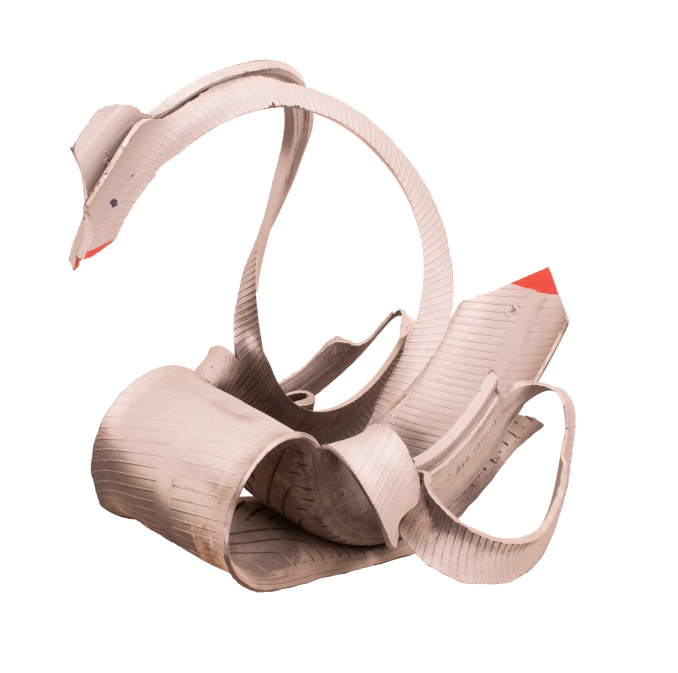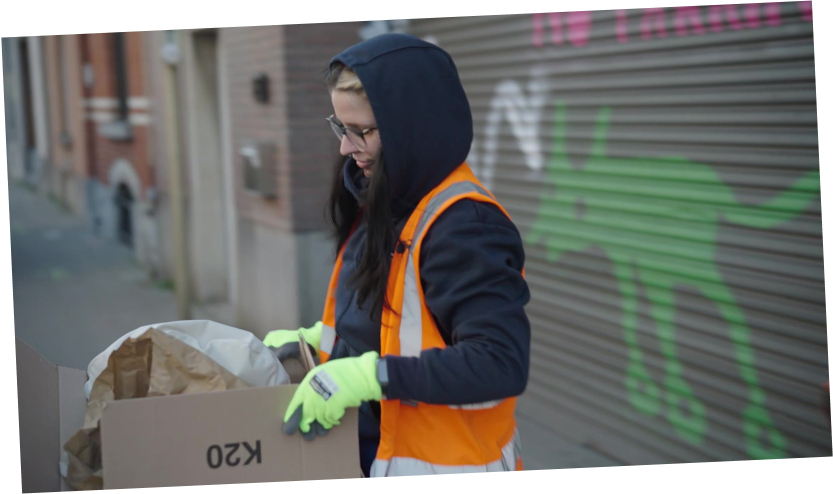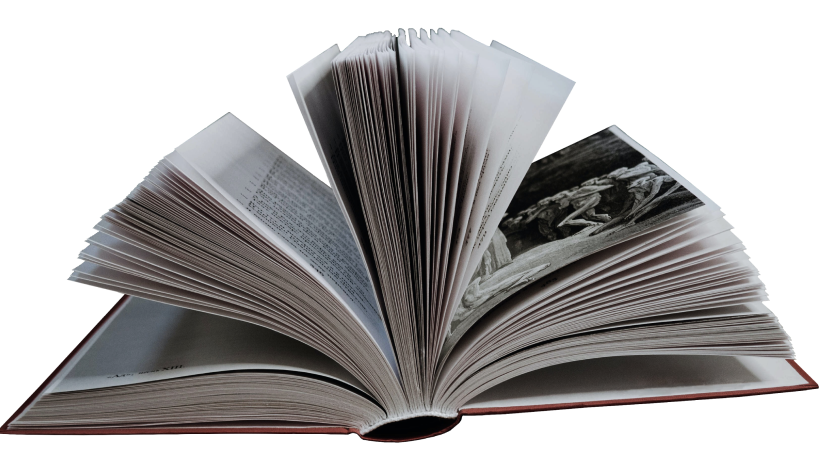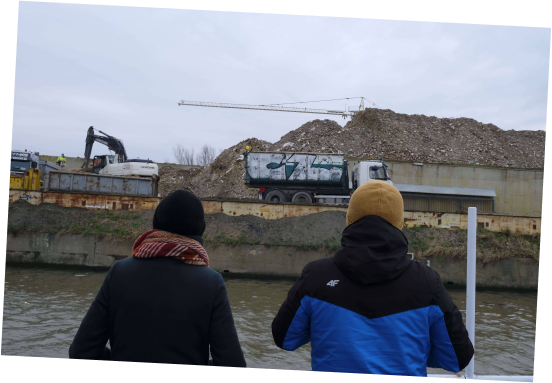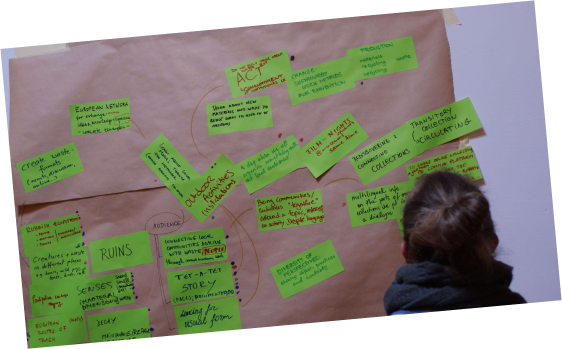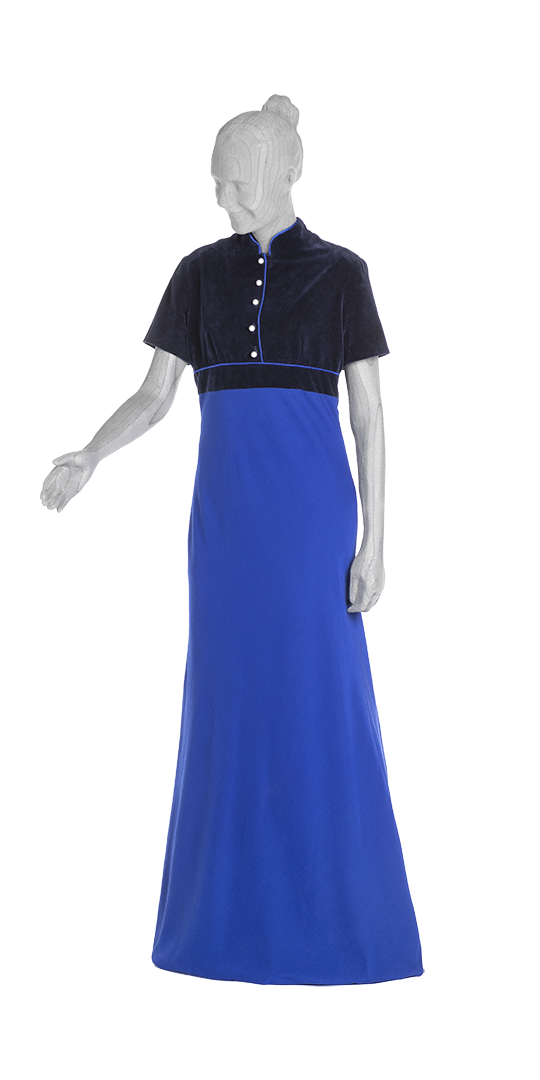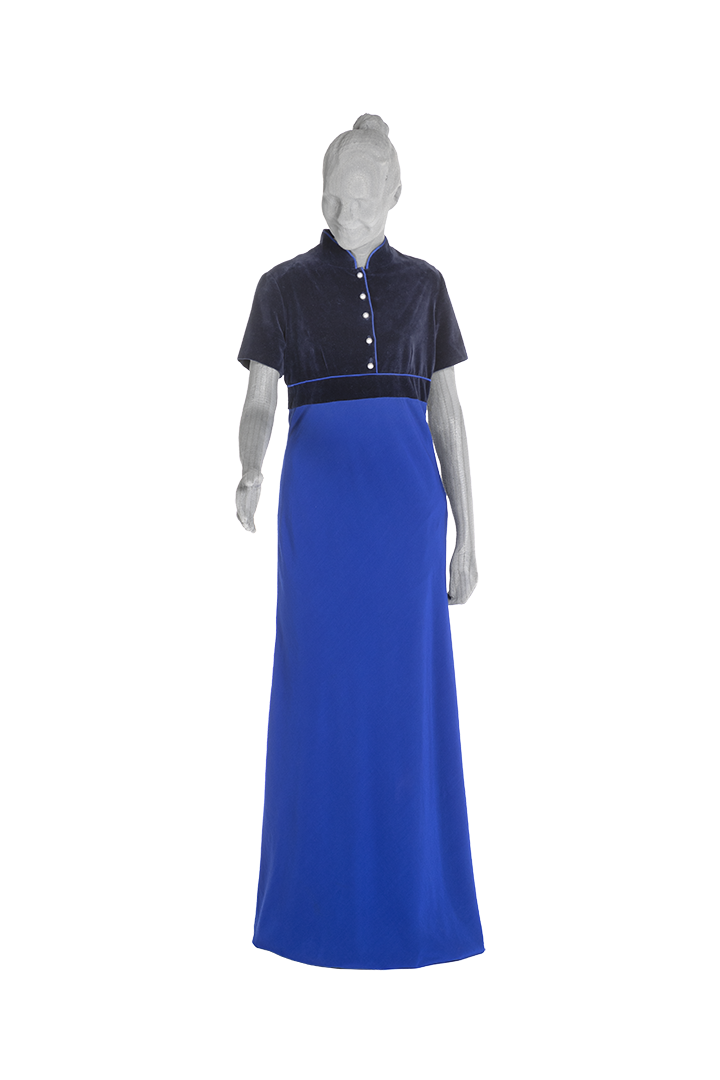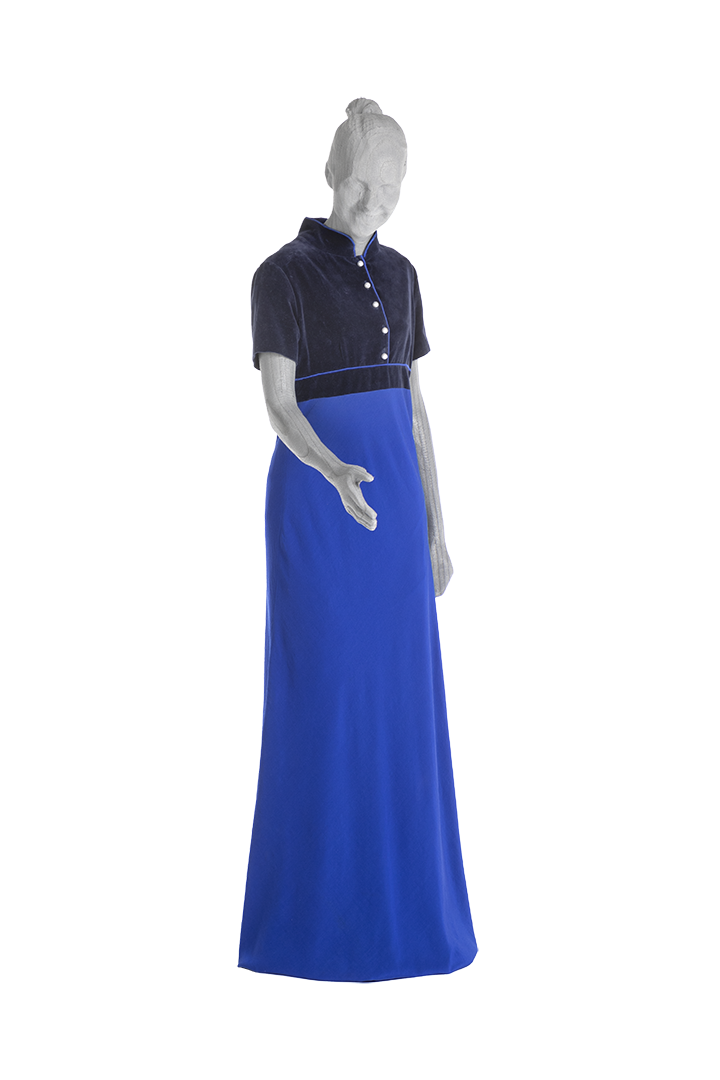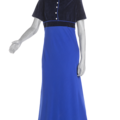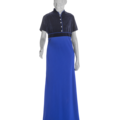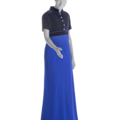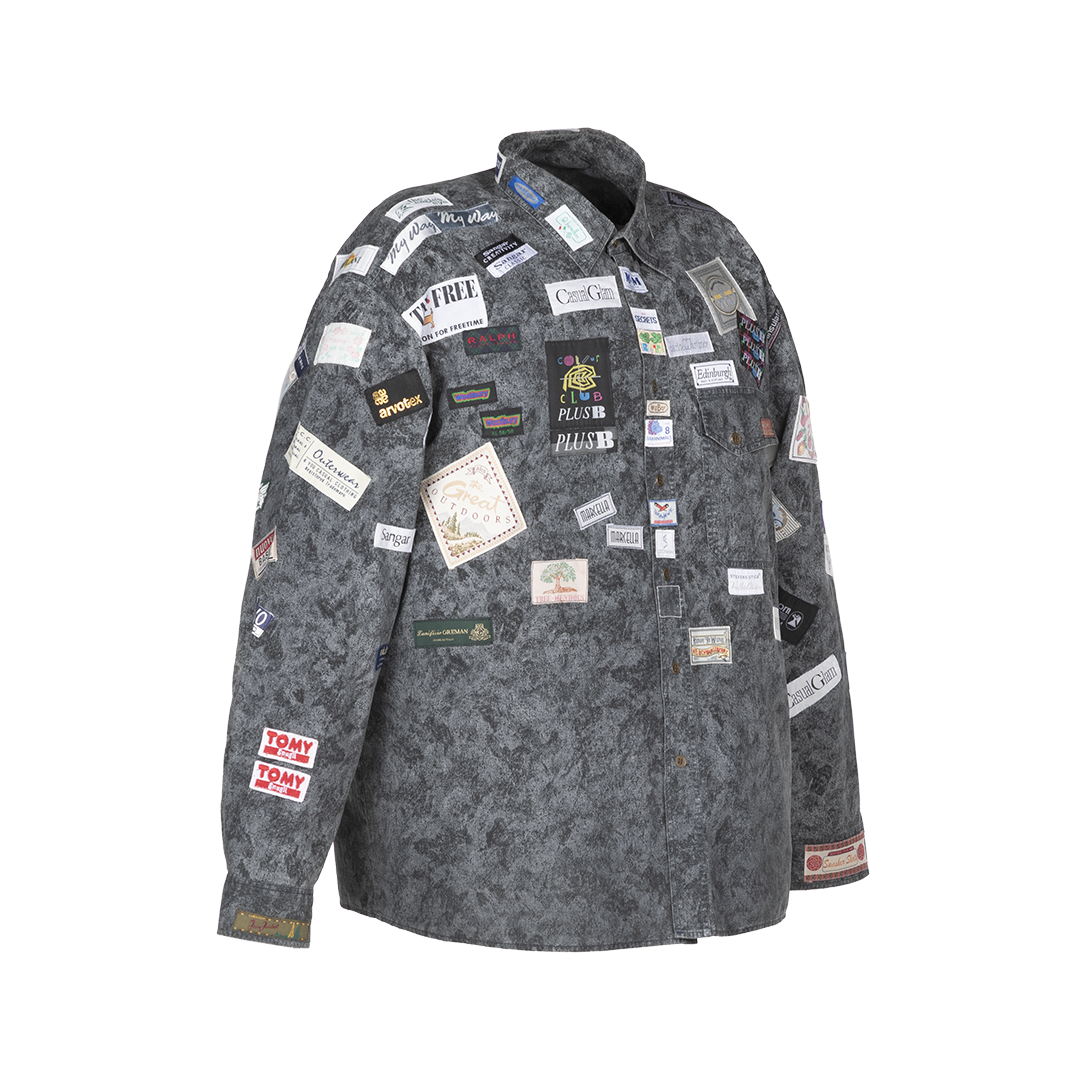Umjetnik/Autor Estonian fashion designer, professor PhD Reet Aus
Datum izrade/stvaranja
2007
Unos u muzejsku zbirku
2016
Mjesto podrijetla
Privatna zbirka
Trenutačna lokacija
Estonski nacionalni muzej, Tartu, Estonija
Materijal
Podebljano šivanje
Dimenzija
Održiva kuhinjska kuhinja
Broj inventara Loan
Ključna riječ Modna obuća Ponovna uporaba Tekstil
Autorska prava U REDU
Status Sada na stalnom postavu „Encounters”, Estonski nacionalni muzej, Tartu
Slika Fotografija estonskog nacionalnog muzeja
What is this object about, who are the people behind it?
What should be done with outgrown children’s clothing, fast-fashion products or used formal dresses? With the growth in consumption, the 2000s took Estonia into the world of modern re-usage. In the 1990s, first came second-hand shops, which offered cheap clothing from abroad. Today they have competition from stylish re-use centres and vintage shops where the products are chosen by a decorator/stylist. But what next?
One may like or dislike re-use. The reasons for liking it may be better price, caring for the environment, believing in the necessity of one’s own effort, or a mere curiosity and passion for experimentation.
Clothing affects the environment throughout its lifecycle. For instance, an petrochemical-based polyester fleece may take 500 years to decompose in a rubbish dump. Yet, even the production of natural textiles uses thousands of litres of water and many herbicides. Clothing industries also produce enormous amounts of textile leftovers.
From the moment the consumer notices a new garment in the shop, the protection of the environment is in their hands. It is up to the consumer to decide about buying the product, as well as what happens to it after it has been worn. Those who would like to help slow down the waste growth rate face a challenge to re-use clothes creatively.
Entrepreneurs, scientists and designers are also working towards recycling materials, or they re-use them as raw material. One of the methods for this is value-giving re-usage where production leftovers and old clothes are reintroduced to the market as designer products.
Value-giving re-use demands two informed partners – producers and consumers. Designers must be interested in how their products are made, and wise consumers must ask: to whom and for what are they giving their money? Why does a pair of jeans in a fashion shop only cost €20? Could it be that the workers who grew the cotton used in making these jeans, and the child workers who made the jeans in cheap labour countries, get paid only a pittance for their work? Wouldn’t it be more reasonable to wear clothes the origin and manufacturing process of which are more or less known?
Environmentally aware, somewhat hipster-type people or strong middle class, who value smart and practical lifestyle solutions while also thinking about future generations.
What places is this object related to, how European/transnational is it?
Places: formal events and occasions, festivals, etc. Reet Aus, PhD (2022) is an internationally renowned professor of Liberal Arts at the University of Tartu, Senior Research Fellow at the Estonian Academy of Arts, participates in international research projects, helped to develop the European Commission’s new textile strategy 2035 and is a researcher in the Sustainable Design and Material Lab DiMa at the Estonian Academy of Arts. /Receptions and festivals, international known designer in fashion business transnational because Trash to Trend founder Reet Aus has got international success as academic person and promotor.
Why and how did this object arrive in the museum’s collection?
Journeys in Time guides visitors through the Estonian National Museum’s permanent exhibition, Encounters. The exhibition can be viewed in either direction: starting from the present day and delving deeper into the past or starting from the Stone Age and ending with modern times.
Journeys in Time is divided into seven sections: The Time of Freedoms, Life Behind the Iron Curtain, Modern Times, The Era of Books, The Arrival of Christianity, The Metal Ages and The Stone Age. These periods are not strictly defined by any historical events. However, each period is characterised by particular cultural phenomena. Each era has had its own rules, standards and beliefs, its own attitudes to nature and the environment. These were defined by the political, economic and societal conditions, relationships with rulers and neighbours, levels of technology and, in modern times, by innovation and sustainable consumption. Regardless of the rules and ideas of the era, people have always had choices. Decisions that change the future have always been there: which customs and traditions to preserve, what to develop, what to change, what footprint do we leave behind with our everyday life, is rubbish future archaeological material worth studying? Museum collections displayed at the exhibition help to preserve everyday smart solutions. At the joint exhibition we analysed with students how cotton from the field turns into landfill, through manufacturing-retail distribution-home consumption and market surplus, and how to avoid that in society. The programme formed a part of museum learning in the DIY Gallery of the Estonian National Museum.
What is the relation of this object to waste?
Textile waste is redesigned into a costume. "Made twice", i.e. "product" made out of manufacturing waste with very little product waste is like a zero waste costume made out of textile waste.

